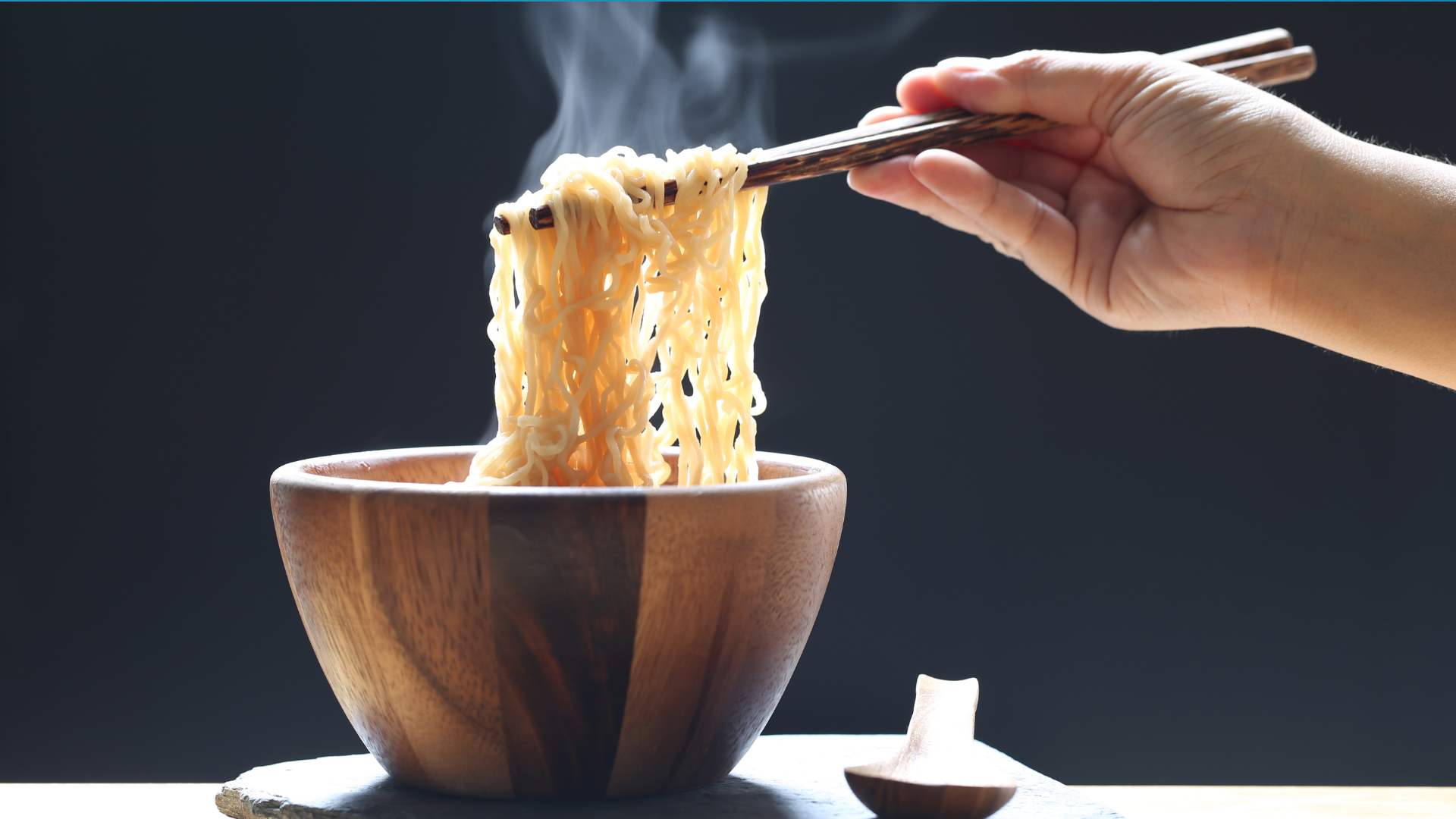
Eating and drinking etiquette from around the world
Eating and drinking etiquette around the world is really worth knowing before you visit a country, Here are ten do’s and don’ts when dining.

When travelling, one of the best ways to immerse yourself in a new culture is by experiencing its food. What might be perfectly normal behaviour at the dinner table in one country, may however be considered rude or strange in another. Understanding the dining etiquette of different cultures is essential for showing respect and appreciation. Here are ten eating and drinking do’s and don’ts from around the world to help you navigate these cultural nuances…
1. Japan: Slurp your noodles
In Japan, it’s not only acceptable but encouraged to slurp your noodles, especially when enjoying a hot bowl of ramen. Slurping is a sign that you’re appreciating the meal, and it’s believed to enhance the flavour of the noodles. On the other hand, one major etiquette faux pas is sticking your chopsticks upright in a bowl of rice, as this resembles a funeral ritual and is considered very bad luck.
2. Italy: Don’t ask for extra cheese
Italian cuisine is known for its balance and tradition, and Italians take pride in serving their dishes as they are meant to be enjoyed. Asking for extra cheese, particularly on dishes that don’t traditionally require it, such as seafood pasta, can be seen as an insult to the chef’s culinary expertise – a big dining etiquette no.
3. China: Tap the table for thanks
In China, if someone pours you tea, it’s polite to tap your fingers lightly on the table as a gesture of thanks. This small act is a way of showing gratitude without interrupting the flow of conversation. However, be careful with your chopsticks – never point them at people, as this is considered rude!
4. France: Don’t split the bill
Dining out in France comes with its own set of social expectations. One of them is that splitting the bill down to the last cent is generally frowned upon. It’s more customary for one person to pay the bill, or for the group to take turns treating each other. This practice reflects the French emphasis on social cohesion and generosity.
5. Chile: Don’t eat with your hands
In Chile, it’s considered polite and proper to use utensils for most foods, even for items like pizza or fries that are often eaten with hands in other cultures. Eating with your hands is generally frowned upon and seen as impolite in more formal settings.
6. Thailand: Spoon over fork
When dining in Thailand, it’s important to remember that the spoon is the main utensil used for eating. The fork is used to push food onto the spoon, which then goes into your mouth. Placing a fork directly into your mouth is considered impolite.
7. Russia: Finish your vodka in one go
Vodka holds a special place in Russian social culture, and it’s customary to finish your vodka in one go, especially during a toast. Sipping vodka can be seen as unusual and might be interpreted as disrespectful during formal toasts. If you’re not up for it, it’s perfectly acceptable to politely decline.
8. India: Right hand only
In India, as in many other cultures, the right hand is the preferred hand for eating. The left hand is considered unclean and is reserved for other tasks, such as cleaning. Whether you’re eating with your hands or using utensils, it’s important to avoid touching food with your left hand to show respect for local customs.
9. South Korea: Respect for elders
In South Korea, dining etiquette emphasizes respect for elders. It’s customary to wait until the eldest person at the table starts eating before you begin your meal. This practice reflects the deep cultural respect for age and hierarchy in Korean society.
10. Mexico: Hands-on tacos
In Mexico, tacos are traditionally eaten with your hands. Using utensils to eat tacos is seen as unnecessary and overly formal. By eating with your hands, you’re showing that you appreciate the food in its most authentic form.